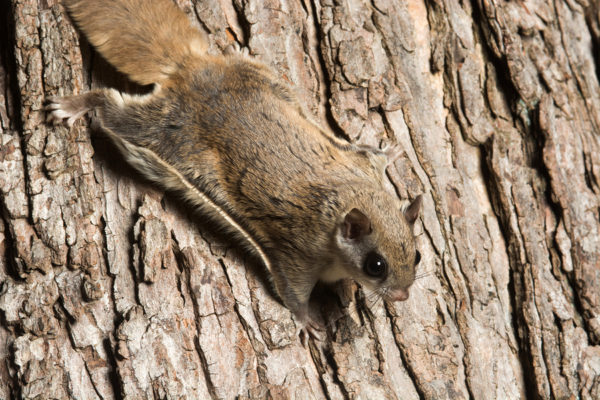READY TO GET STARTED?
REQUEST A FREE ESTIMATE
Fill out the form below or call (888) 466-7849 for a free, no-obligation estimate.

Flying squirrels don’t really fly they glide from trees using a flap of loose skin that connects their front and hind legs, and can cross distances up to 150 feet using their tale to steer the direction.
Flying squirrels have a grayish brown body with white belly
Soft and thick fur
Weighs 4 to 6.5 ounces
Up to 12 inches long including the tail, which is nearly as long as the head and body
Large eyes
Make a low, soft chirp when they are in danger
Flying squirrels are nocturnal but may also be seen during the day
Eat mostly plants, seeds, nuts, leaves, bark, flowers, and roots
Usually nest in tree cavities and sometimes make “dreys” during the warmer months
Occasionally, flying squirrels find refuge in attics when roof gaps make it easily accessible
Will often make a nest in your attic insulation
Can cause odor and damage from urine
Can keep you away at night with their nocturnal activity
Provide an exclusion barrier along the roofline
Set traps out
Locate and seal off any entry points ¼” or larger to prevent squirrels and other rodents from entering your home
Caulk any openings or crevices
To keep squirrels from using utility wires as a way to your attic, slit a 2-foot section of 2-inch PVC pipe lengthwise and slip it over the wire. This makes squirrels unable to maintain their footing when the pipe rotates.
Cut back tree limbs that are close to your structure
We have service centers throughout Georgia, Tennessee, Alabama, and South Carolina.
M-F 7:30AM – 5:30PM
Saturday 9AM – 1PM